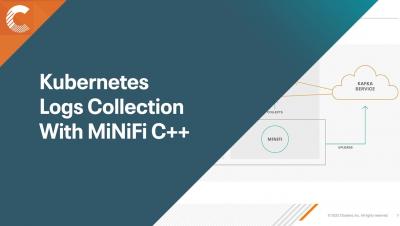Universal Data Distribution with Cloudera DataFlow for the Public Cloud
The speed at which you move data throughout your organization can be your next competitive advantage. Cloudera DataFlow greatly simplifies your data flow infrastructure facilitating complex data collection and movement through a unified process that seamlessly transfers data throughout your organization. Even as you scale. With Cloudera DataFlow for Public Cloud you can collect and move any data (structured, unstructured, and semi-structured) from any source to any destination with any frequency (real-time streaming, batch, and micro-batch).











